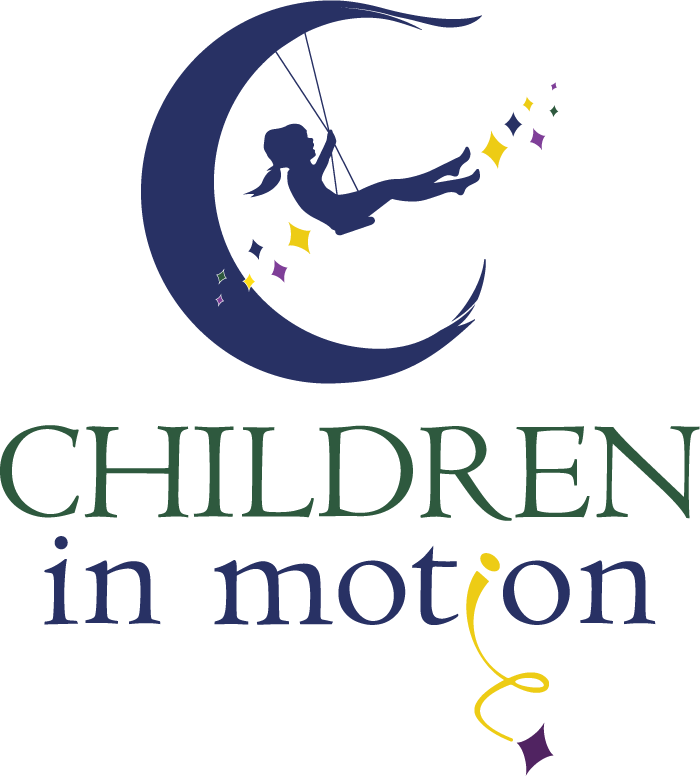The Best Spring Break Trips for Kids with Sensory Processing Challenges
Spring break is just around the corner, and it’s the perfect time to make some special memories as a family. But when your child has sensory processing challenges, typical vacation spots can be a bit too much — loud noises, big crowds, and new environments can easily overwhelm them. Don’t worry, though! With a little bit of planning, you can find some great, sensory-friendly destinations that everyone will love. Here are a few ideas that’ll help your family have a fantastic and stress-free spring break.
1. Explore Nature at a National Park
If your family loves the outdoors, consider visiting a national park. These natural wonders are often quieter and provide a lot of open space for your child to roam and explore. Parks like Zion, Yellowstone, and Acadia have kid-friendly hiking trails, accessible boardwalks, and plenty of places for quiet moments. Plus, the sensory experience of hearing birds, feeling a gentle breeze, and watching the leaves rustle can be super calming. Bring along noise-canceling headphones if your child is sensitive to certain sounds like rushing water or wind — and don’t forget snacks for a well-timed picnic!
2. Discover the Magic of Aquariums
Aquariums can be a great option if your child loves visual stimulation but isn’t a fan of noisy, crowded places. Many aquariums, like the Monterey Bay Aquarium or the Georgia Aquarium, even offer sensory-friendly hours with reduced lighting and quieter environments. The calming effects of watching fish glide by and listening to the gentle sound of bubbling water can be really soothing for kids who need a break from busy environments. And as a bonus, many aquariums have touch tanks where kids can gently feel different sea creatures — a great way to engage their tactile senses.
3. Beach Day — But Choose Wisely
Not all beaches are created equal, especially when it comes to sensory needs. If your child loves water but doesn’t handle crowded places well, try visiting a quieter beach. Smaller, less commercialized beaches like those in Oregon or the Outer Banks can provide a more relaxed atmosphere. Bring a large towel or a beach mat for your child to sit on if they aren’t comfortable with the feel of sand, and consider water shoes if they’re sensitive to textures. You can pack a sensory-friendly picnic, build sandcastles, or just enjoy the sound of the waves together.
4. Try a Sensory-Friendly Amusement Park
Amusement parks can be a sensory overload for many kids, but some are now offering accommodations specifically for kids with sensory processing challenges. LEGOLAND Florida and Sesame Place (a Certified Autism Center) are two great examples. They have sensory guides, designated quiet spaces, and staff trained to help families who need a bit of extra support. You can plan your day using their maps that highlight calmer areas, and take breaks in quiet zones when needed. It’s a great way to enjoy the park at your own pace.
5. Staycation Magic
Sometimes, the best trips are the ones where you don’t travel far at all! A staycation can be just as special and less overwhelming. You can book a night at a local sensory-friendly hotel or create a mini getaway at home. Build a blanket fort, have a movie night with your child’s favorite snacks, or set up a sensory play area with soft pillows and calming lights. It’s all about spending time together and making memories — no plane tickets required!
Quick Tips for a Smooth Trip:
Pack the Essentials: Don’t forget your child’s favorite sensory tools — noise-canceling headphones, fidget toys, and comfort items can make a huge difference.
Plan Downtime: Schedule some quiet time every day to help your child recharge and prevent meltdowns.
Prepare with Social Stories: If your child does well with routine, make a simple storybook about the trip ahead of time. It can help ease anxiety by showing what to expect.
Spring break doesn’t have to be stressful, even if your child has sensory challenges. It’s all about choosing the right destination and making sure your child feels safe and comfortable. Remember, the best trips are the ones where everyone has a good time, no matter where you go. Here’s to a fun, relaxing, and memory-filled spring break for your family!
References:
National Park Service. (n.d.). Accessibility in National Parks. Retrieved from https://www.nps.gov/
Autism Travel. (n.d.). Tips for Sensory-Friendly Travel. Retrieved from https://www.autismtravel.com/
Sensory Friendly Solutions. (n.d.). Creating a Sensory-Friendly Vacation. Retrieved from https://www.sensoryfriendly.net/
Monterey Bay Aquarium. (n.d.). Sensory-Friendly Hours. Retrieved from https://www.montereybayaquarium.org/
Sesame Place. (n.d.). Certified Autism Center. Retrieved from https://www.sesameplace.com/
Enjoy your trip and have a wonderful spring break!

